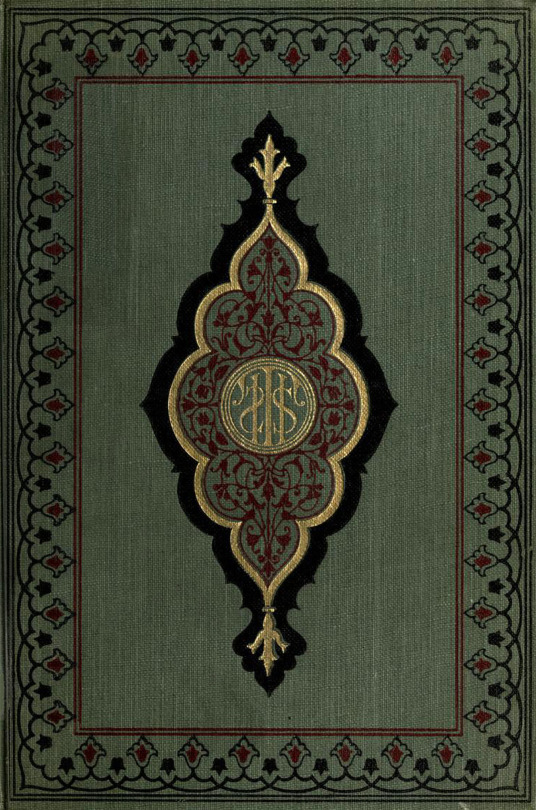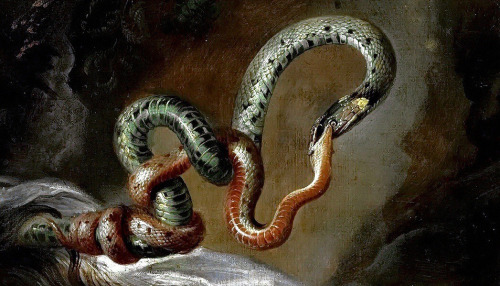
103 posts
Latest Posts by ro0hafz4 - Page 4









Persephone and the Springtime was written by Margaret Hodges with illustrations by Arvis Stewart.
Part 2
“The so-called ‘mystery cults’ were a handful of marginal Eastern Mediterranean cults which achieved popularity throughout the Roman empire and were distinguished as a unique religious phenomenon by the Belgian archaeologist and philologist Franz Cumont in his 1906 book Oriental Religions in Roman Paganism. This modern label of ‘mystery cults’ has now long been used as a blanket designation to cover the cults held in honour of Mithra, Attis and Cybele, Isis and Osiris, Demeter and Persephone, Orpheus and Bacchus/ Dionysus, and the Samothracian Kabeiroi, among countless other minor and local groups who will never be remembered. Each of these cults (with perhaps the exception of Mithraism) revolved around the dramatic and ecstatic veneration of “dying-and-rising-gods,” a title formulated by the founding father of comparative religion, James G. Frazer, and subsequently developed by British and Scandinavian members of the Myth-and-Ritual School. These so-called “Cambridge Ritualists,” held to the notion that myths do not stand on their own, but are born out of ritual. This theory, of course, is heavily disputed; but the alternative view is equally enlightening: that myth and ritual evolve along parallel lines, without one developing strictly out from the other. The ‘Divine Bridegroom’ is similarly a name I use for these dying mystery gods. For the most part, the mystery religions were sanctuary based, taking place in a telestrion (initiation chambers), caves, or mountain groves, and their members were organized by a structure of hierarchical degrees of initiation. The “mysteries” themselves generally entailed dramatic experiences conveyed via esoteric initiation ceremonies that were reflections of annual agricultural and astrological cycles. Already the mainstream view of old-school ethnologists believed in the notion that the mysteries were survivals of ancient “rites of passage,” especially by Mircea Eliade and Angelo Brelich. Many believed that the origin of the mysteries should be sought in some stage of primitive agricultural development, and it is in illo tempore - into that mythic dream time - to which I wish to return throughout this book.”
— Dan Attrell - Shamanism and the Mysteries: A Brief History of the Cult of Ecstasy

TALES: KASHMIRI STORIES AND SONGS collected by Tilawônu Hatim, Sir Aurel Stein, and Sir George Abraham Grierson (London: Murray, 1923)
source


Reconstruction of the clothes of women from the Minoan era in Crete (reconstructions made by Dr. Bernice Jones).
The clothes of Minoan women were surprising with their style and variety of patterns. Greek women of later times wore clothes with completely different stylistic solutions. The exposed breasts were a characteristic feature of the dress of Minoan and Mycenaean women. They attached great importance to their attire, wear and used jewelry. They wore a wide and long skirt with a decorative belt tightening the waist and a tight-fitting bra with a metal frame revealing the breasts. They put on coats or capes on cooler days. Hair, intricately combed, was decorated with brown or gold ribbons, beads or headbands. Others wore appropriate headgear. They wore unusual hats. Some were wide, while others were tall, almost completely covering their hair, decorated with feathers or ribbons.
It can be seen at the Hellenistic Museum in Melbourne, Australia. The reconstructions are based on frescoes.
Photos: Tahney Fosdike.

Illustration for Wuthering Heights by Felix Abel Klaer























